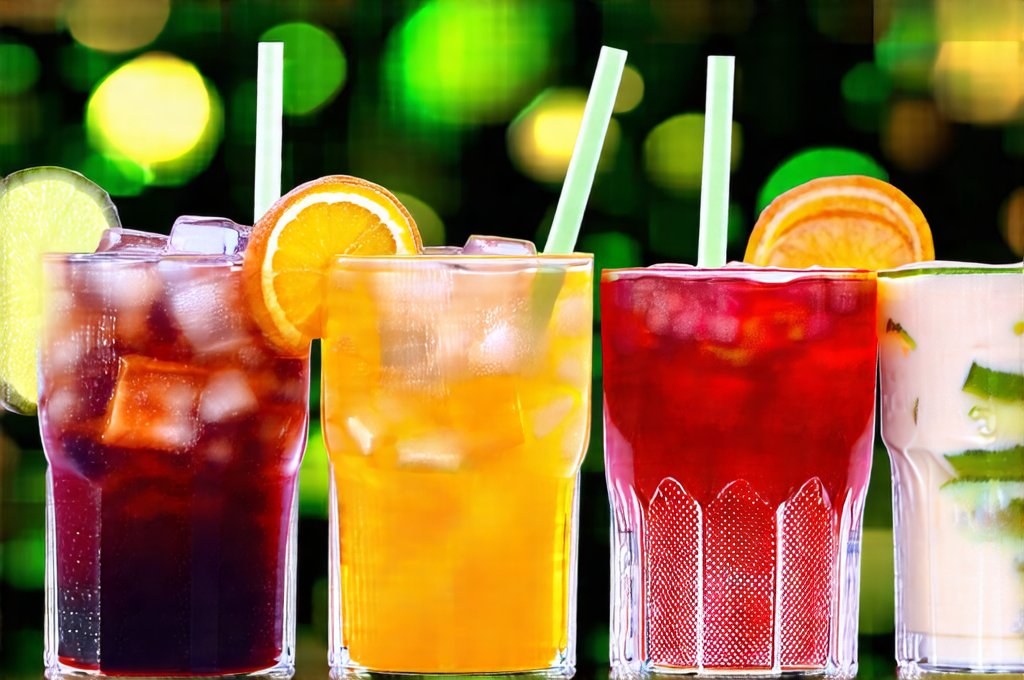Interstitial Cystitis (IC) is a chronic bladder condition characterized by recurring discomfort, pain in the pelvic area, and urinary frequency/urgency. Living with IC often means navigating a minefield of potential triggers—foods, activities, even stress can all exacerbate symptoms. While there’s no one-size-fits-all answer for managing IC, dietary adjustments are frequently among the first lines of defense. Many individuals find that specific beverages significantly impact their condition, making informed choices crucial for symptom management and improved quality of life. Understanding which drinks to embrace and which to avoid can empower patients to take control of their health and minimize flare-ups.
The complexities of IC mean a drink that’s perfectly tolerable for one person could be intensely irritating for another. This highlights the importance of personalized experimentation, guided by careful self-monitoring and, ideally, in consultation with a healthcare professional. It’s not just about eliminating ‘bad’ drinks, but also about discovering what soothing options exist to help hydrate and support overall well-being. The goal isn’t necessarily complete restriction, but rather mindful consumption tailored to individual tolerance levels. This article will explore the spectrum of beverages commonly encountered by IC patients, offering insights into their potential effects—both positive and negative—and providing a framework for navigating this often-challenging aspect of living with chronic bladder pain.
Navigating Beverage Choices: A Landscape for IC Patients
The world of beverages presents a complex landscape for those managing IC. Many common drinks contain ingredients known to irritate the bladder lining, leading to increased symptoms. Acidity is a major culprit—citrus fruits, tomatoes, and even carbonation can all contribute to discomfort. However, it’s not always about acidity alone; caffeine, artificial sweeteners, alcohol, and certain preservatives can also play significant roles in triggering flares. Identifying these personal triggers often requires an elimination diet, carefully removing suspected beverages and reintroducing them one at a time while meticulously tracking any changes in symptoms. This process is best done under the guidance of a healthcare professional who can help interpret results and ensure nutritional adequacy.
Beyond avoiding problematic drinks, it’s equally important to focus on hydration. Dehydration can concentrate urine, further irritating the bladder. Finding palatable, bladder-friendly fluids is therefore essential for maintaining overall health and minimizing discomfort. Water remains the gold standard, but many individuals with IC find plain water unappealing or insufficient. Exploring alternatives like herbal teas (specifically those known to be gentle on the bladder), diluted fruit juices (in moderation and carefully chosen varieties) and coconut water can help ensure adequate fluid intake without exacerbating symptoms. Remember, individual tolerance varies greatly; what works for one person may not work for another.
The challenge is compounded by the fact that IC symptoms can fluctuate, meaning a beverage tolerated during periods of remission might become irritating during a flare-up. This necessitates ongoing awareness and adaptability in beverage choices. Keeping a detailed symptom diary—logging both drinks consumed and any associated discomfort—can be incredibly valuable in identifying patterns and refining dietary adjustments over time. It’s also crucial to remember that beverages are just one piece of the puzzle; diet, stress levels, and other lifestyle factors all contribute to IC symptoms. When considering your overall wellness, you may find best vegetables for prostate and kidney health helpful as well.
The Worst Offenders: Drinks to Approach with Caution
Certain beverages consistently appear on lists of potential IC triggers due to their inherent properties or commonly added ingredients. Coffee, tea (especially black tea), soda, and alcohol are frequently cited as problematic. Coffee’s caffeine content is a major concern, acting as a diuretic and potentially irritating the bladder lining. Black tea contains oxalates, which can also contribute to inflammation. Sodas often contain both caffeine and acidity, making them doubly troublesome. Alcohol, particularly darker varieties like red wine, can irritate the bladder and disrupt sleep—a crucial factor in IC management.
Beyond these staples, citrus juices (orange, grapefruit, lemon) are notorious for their high acidity. Tomato-based drinks, including tomato juice and many vegetable juices, fall into the same category. Carbonated beverages, even those without caffeine or citrus, can cause bloating and pressure on the bladder. Artificial sweeteners, found in diet sodas and some sugar-free products, are also flagged as potential irritants for some individuals – particularly saccharin and aspartame. It’s worth noting that these aren’t universal triggers; some IC patients can tolerate small amounts of certain problematic beverages without issue. However, they represent a higher risk and should be approached with caution during symptom management.
Finally, cranberry juice, often recommended for urinary tract health, is surprisingly frequently on the “avoid” list for IC patients. While it may help prevent UTIs (which can sometimes mimic IC symptoms), its high acidity can exacerbate bladder pain in many individuals. This highlights the importance of understanding the nuances of IC and avoiding blanket recommendations that don’t consider individual sensitivities. You might also find best wipes and washes for women with UTI risk useful in maintaining overall urinary health.
Identifying Your Personal Triggers
The cornerstone of managing beverage choices with IC is identifying your personal triggers. What bothers one person may not bother another, making a personalized approach essential. An elimination diet can be extremely helpful in this process. Here’s how to approach it:
- Baseline Assessment: Begin by tracking your current symptoms and beverage consumption for several days or a week to establish a baseline understanding of your typical experience.
- Elimination Phase: Remove all suspected trigger beverages—coffee, tea, soda, alcohol, citrus juices, tomato juice, artificial sweeteners—from your diet for 2-4 weeks. Pay close attention to any changes in your symptoms during this period.
- Reintroduction Phase: Gradually reintroduce one beverage at a time, allowing several days between each introduction. Carefully monitor your symptoms after consuming each beverage. If you experience increased pain or discomfort, remove that beverage from your diet and consider it a trigger.
- Symptom Diary: Maintain a detailed symptom diary throughout the entire process, recording what you drink, when you drink it, and any associated symptoms.
The Role of Water & Hydration
Adequate hydration is paramount for managing IC. Concentrated urine irritates the bladder lining, exacerbating symptoms. Aim to drink enough fluids to maintain a pale yellow urine color. However, plain water isn’t always palatable or sufficient. Explore alternatives:
- Herbal Teas: Chamomile, peppermint (for some—it can be irritating for others), and ginger tea are generally well-tolerated. Ensure they are caffeine-free.
- Coconut Water: Naturally hydrating and contains electrolytes.
- Diluted Fruit Juices: Small amounts of pear or apple juice diluted with water may be tolerated by some individuals. Avoid citrus juices entirely.
- Infused Water: Adding slices of cucumber, berries (in moderation), or herbs to your water can make it more appealing without introducing bladder irritants.
Beyond Beverages: Considering Dietary Interplay
While this article focuses on beverages, remember that dietary choices interact with each other and affect IC symptoms. Certain foods—spicy foods, acidic fruits, chocolate—can also contribute to flare-ups. Managing your overall diet alongside beverage choices is key to effective symptom management. A holistic approach, incorporating stress reduction techniques, pelvic floor therapy, and a supportive healthcare team, will yield the best results. It’s important not to self-diagnose or make drastic dietary changes without consulting with your doctor or a registered dietitian experienced in IC management. You may also find that best dinners for flow stability and less urge can assist you in maintaining bladder health alongside these other lifestyle adjustments.





















